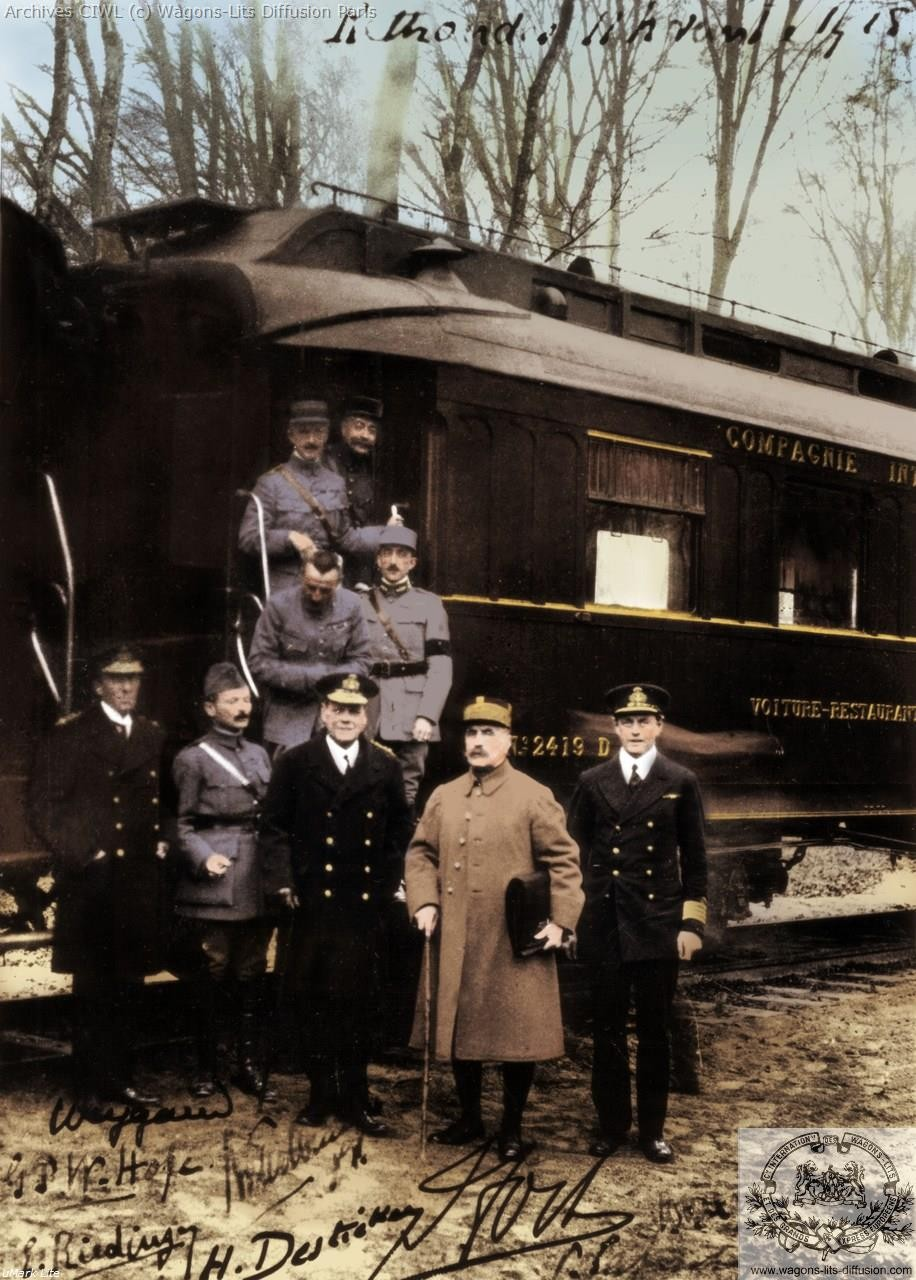The Long Wait
- Friends of the NRM
- Jan 30, 2022
- 4 min read
Updated: Mar 25, 2022

It is early winter and the long train of coaches has stopped in the middle of nowhere. An icy wind blows down from the mountains onto a rock strewn plateau, dusted with snow. The tracks stop at a chain link fence with razor wire coils on top. The sun casts a feeble light on the scene as two diesel locomotives come off the front of the train and stand in an adjacent siding. Dogs bark outside a distant shed. Diesel smoke swirls around them as we wait….. and we wait. 3 hours in fact.
This is Druzba, the border between Kazakhstan and Xinjiang in China and this is the first running of the Silk Route Express, conceived in 1991 and final run in 1993. After days of travel we have come from Samarkand and Tashkent in Uzbekistan, through Alma Aty to here. Now we wait to cross the Chinese border.
Kazakh border guards, looking suspiciously like Russians in fur caps with red badges still saying ‘CCCP’, board the train and methodically search each compartment, collecting our passports as they go. We wait, another 2 hours. People are getting desperate – they locked the toilets some 2 hours ago.
A small locomotive eventually couples up and pulls us slowly through the big fence to the shed. This is Alataw Shankou yard and, now, Chinese and Uygur guards in grey uniforms board the train and search our compartments again, meticulously, calling out names and returning passports. They are interested in our polaroid photos and some of our books. Later the train manager says he got the price, the ‘fee’, right, to let us cross. We pull forward to the real Alataw Shankou station and are decanted, the whole train onto the platform and then, onto an adjacent train. Gauge change, train change, all change… Another small diesel drags us forward and retreats. A bigger locomotive couples up and then we wait …….

Two hours later and the train jerks forward and gathers speed. We have entered the ‘Autonomous Uygur Republic of Xinjiang’, through the Junggar Gate and from here it’s several days of travel, on across the edge of the Gobi Desert, through Urumchi and Turfan to Xian and, eventually, Shanghai. Using my map I calculate that centuries before, Marco Polo passed very close to here.
It was an interesting day, reader, but the plain facts can’t convey the edginess and unease at the long wait and the procedure to cross one of the world’s great political fracture lines. The day has stayed in mind and probably will do forever. But it’s also about how trains cross borders, often at night, and sometimes haltingly, as if the countries involved can’t quite accept that the railway is built to cross landscapes and borders without interruption.
Some years before, we had left Irkutsk in the USSR (as it was then) eastbound on the Baikal – Amur Mainline (BAM) which the Trans-Siberian takes to Vladivostok. Skirting the southern edge of Lake Baikal, our train is heading elsewhere and turns off at Ulan Ude towards the Mongolian border. We cross at night at Naushki and I remember lines of flat wagons by the track approaching the border, each loaded with artillery. Soldiers stand around a campfire made out of scrap wood. The train brakes squeal to a stop and the whole train is searched top to bottom, passports taken and returned, the same old story.
Days later, after passing through Ulaanbaattar in Mongolia we slow and stop again at the border with China, at Erlian. Midnight and the whole train is deposited on the platform while the coaches are taken off into a shed, their bodies lifted, replacement bogies fitted, and the whole thing searched, again. When the train returns we re-board and our passports are returned by the Chinese guards, more thorough than the Mongolians. Twin air horns sound and the train moves away into the darkness. I look back at the platform, at clusters of people surrounded by arguing guards and cardboard cartons containing TV sets, washing machines and so on. Such is China.
It was all because the USSR and China don’t really like each other. So much so that in 1956 they adopted different track gauges (Russian 1524 mm and Chinese 1435mm) so as to avoid sudden invasions by through trains. A minor inconvenience….. The BAM tracks to Vladivostok further to the north of us follow the northern edge of the mighty Amur River where for years – and to this day – Russian and Chinese soldiers face each other. It’s not an easy place.
Times change but railways still cross the land borders at night. I used to travel regularly on Eurostar between Paris and London late in the evening. Gazing out at the floodlit yards of Frethun and Dollands Moor reminded me of my land crossings by night. Tunnels may replace wire fences but not entirely – there’s still that occasional search, that passport check, that vague edginess in case someone says ‘no’. It reminds me of how railways fuelled international travel as well as domestic journeys and how not even fortified borders could deny them forever.
‘Polyphemus’
Paul Theroux wrote a book about his experiences by train on the Silk Route. - ‘Riding the Iron Rooster’ (1988). Colin Thubron has recently published his account of the Amur River and the border in ‘The Amur River: Between Russia and China’ (2021) If you fancy a trip and want to check it out, find out more here
John Swanwick
The NRM Review is of course one of the benefits of being a member of the Friends of the NRM and is published in January, April, July and October.






Comments